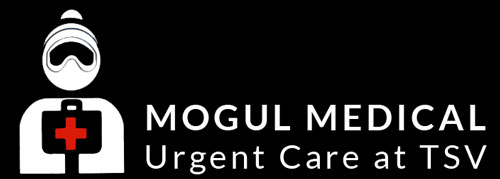Platelet Rich Plasma Therapy
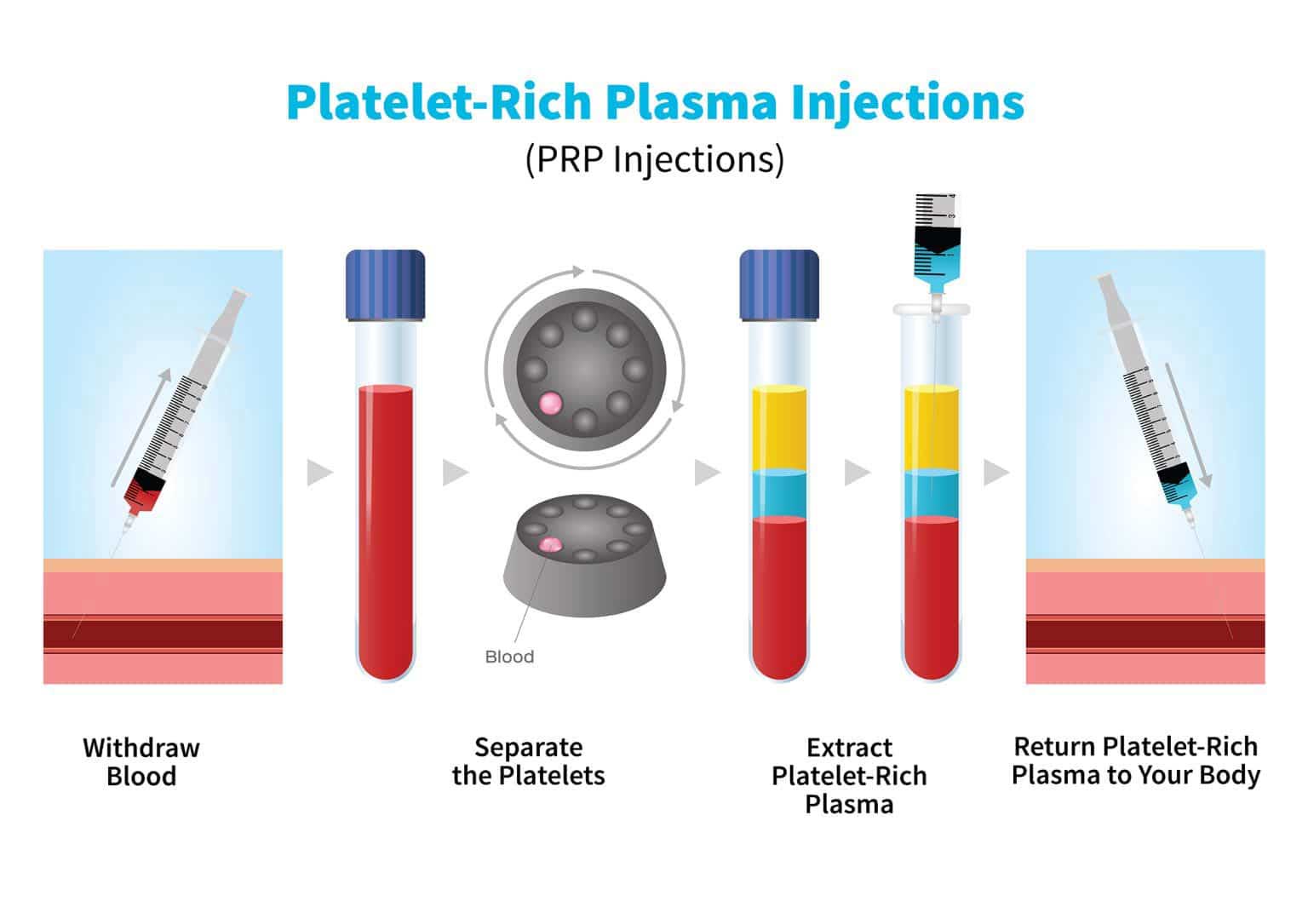
Your Body’s Healing Power
Platelet Rich Plasma Therapy: One of the most exciting advancements in Orthobiologics
REDUCE PAIN. DELAY SURGERY. GET BACK TO LIVING.
What is Platelet Rich Plasma therapy?
Platelet Rich Plasma (PRP) therapy is a minimally invasive, non-surgical treatment that relieves pain by promoting long-lasting healing of musculoskeletal conditions using your body’s own growth factors.
The body’s natural response to an injury is to send platelets from the blood to the damaged tissues which initiates the natural healing process.
Platelets store a vast array of growth factors which are released at the site of injury. Through a process called cell signaling, the platelets call for other healing factors to be drawn into the site of injury. PRP acts in much the same way, but with an extremely high dose of platelets specifically injected into the target area. This treatment enhances the body’s healing response to acute, chronic or inflammatory diseases.
What is PRP?
PRP consists of a concentrated solution of platelets, growth factors, signaling molecules and other plasma proteins that play vital roles in orchestrating tissue healing and joint stabilization. To yield a therapeutic benefit, a dose of over 1 billion platelets per mL is required. The PRP used in this clinic contains a highly significant, industry-leading 7 to 10 fold increase in platelet concentration compared to whole blood. This concentration far exceeds the minimum requirement of 1 billion platelets per mL.
For decades, high level athletes have used PRP therapy to avoid surgery and benefit from shortened injury recovery times. By enhancing the body’s natural healing capacity, PRP therapy has been shown to lead to a more rapid, efficient and more thorough healing and stabilization of tissues, bringing them back to a healthy state.
How is PRP Treatment performed?
After identifying the tailored PRP solution needed to treat your pain, blood is drawn from your arm and processed through a centrifuge which separates the blood into its components. Plasma, which contains the beneficial platelets, is collected and further refined, concentrating these vital platelets and healing molecules. The final, personalized PRP solution is then injected into the affected area (joint space, disc or soft tissue such as tendons or ligaments). Ultrasound or fluoroscopic guidance is frequently used to ensure precise delivery of PRP in a procedure that takes under half an hour.
What can I expect during the procedure?
PRP treatments are typically given in the doctor’s clinic and can take between 30 minutes to an hour, from pre-procedural prep all the way through to putting a bandaid on the injection site.
A tailored PRP formulation is prepared depending on your specific requirement. A routine blood draw is performed, and anywhere between 20mL and 120mL of blood is taken depending on what is needed to make the best PRP preparation according to your needs.
The blood is then carefully separated into its various components using centrifugation and is then re-centrifuged in order to concentrate the desired cells into a usable treatment. This is then mixed with a small amount of the blood’s plasma to create Platelet Rich Plasma. The PRP is then ready to be injected. The whole system is enclosed so that contamination of the sample is not a concern.
Is there any downtime after a PRP procedure?
Many patients resume their activities immediately following the procedure. Some patients experience a mild flare up of symptoms following a PRP injection. This will typically resolve in a few days. Our clinical team will walk you through each step of your procedure, providing you with information and guidance on specific limitations and rehab protocols tailored specifically for you to maximize your recovery.
Do you perform guided injections?
Our providers administer PRP under ultrasound guidance.
What are my post-procedural expectations?
Immediately after the procedure, it is recommended that you not soak your body in water for 24 hours (ie. baths, hot tubs) to mitigate risk of infection at the injection site. Showering is fine. It is also recommended that you abstain from anything that will inhibit the natural inflammatory response triggered by the PRP treatment (i,e, nonsteroidal anti-inflammatory drug (NSAIDs, Aspirin). For pain relief, extra strength Tylenol is recommended. Ice is not recommended as it causes vasoconstriction. That said, heat is acceptable for pain relief.
Most patients report an increase in pain and some swelling immediately following the injection, lasting up to several days. This is normal and results from the body’s natural inflammatory response flooding the region with healing factors.. At about 2 weeks post-procedure, most patients will experience some relief from pre-injection pain levels. The greatest benefit is typically reported at 4-6 weeks post-injection and can occur up to 6-9 months after.
To maximize recovery, we strongly suggest that you adhere to the guidelines recommended by your treating physician. This may include short-term non-weight bearing protocols, reduced activity, formal physical therapy, and at-home exercises.
How many injections do I need?
Your treatment plan is created based upon the severity and duration of the injury or degeneration. Usually, one treatment with PRP is sufficient for returning to desired activities after 6-8 weeks of rehabilitation and at-home exercises and progression. However, more severe conditions may need ‘booster’ shots after four weeks. Your provider will evaluate your situation and advise if you need repeat treatment after your first follow-up appointment.
Are the results permanent?
Healing that occurs from PRP therapy is usually long-term. However, if the etiology of the injury is not addressed (such as flat feet leading to knee or hip pain), then repeated wear and tear will continue to degrade the joints and/or tendons. For this reason, a comprehensive approach which includes PRP therapy, structured physical therapy, and other adjunctive therapies may be recommended.
Are there any pre-procedural guidelines?
Pre-procedural restrictions will be discussed with you at your pre-procedural visit in the office.
When can I expect pain relief?
Some patients experience pain relief shortly after their PRP procedure. It is typical for the effects to take 4 to 6 weeks to be fully experienced. Ongoing improvement from that point is also very typical. Your PRP results will vary depending on a number of factors. Our team will develop an optimized treatment and care plan specifically for your needs, ensuring the best possible outcome.
What are the benefits of PRP?
- Minimally invasive, non-surgical procedure
- Enhanced healing with your own natural healing factors
- Extremely low incidence of side effects
- Minimal down time – Ability to carry on with your usual routing post injection
Numerous clinical studies have confirmed that PRP provides significant healing and long-lasting reduction in pain for a variety of injuries.
- Several recent studies and reviews have demonstrated PRP to be more effective than corticosteroids or hyaluronic acid, the current, standard treatments for knee osteoarthritis.
- A study in the American Journal of Sports Medicine revealed that patients with elbow tendinosis receiving PRP reported a 46% reduction in pain by week four, and an 81% reduction in pain after six months. At the study’s conclusion, 93% of patients were completely satisfied with their PRP treatment and had avoided Surgery.
- MRI imaging across numerous studies has also confirmed significant improvements in pain relief. Studies show that over 70% of patients receiving PRP for Knee Osteoarthritis have delayed further progression of the disease and prevented further knee degeneration. PRP may in some cases eliminate the need for more aggressive treatments such as long term medication or surgery.
What body parts and conditions can be treated with PRP?
Knee
- Osteoarthritis
- Patellar tendinosis
Shoulder
- Osteoarthritis
- Ligament sprains and tears
- Tendonitis and tendinosis
- Acromioclavicular joint dysfunction and pain
Foot & Ankle
- Osteoarthritis
- Achilles tendonitis and tendinosis
- Plantar fasciitis
- Ligament sprains and tears
Elbow, Hand & Wrist
- Osteoarthritis
- Epicondylitis (tennis and golfer’s elbow)
- Tendonitis and tendinosis
Hip
- Osteoarthritis
- Acute Hamstring Injuries
- Proximal Hamstring Tendinopathy
- Labral tear
- Trochanteric bursitis
Is all PRP the same?
The characteristics of the composition of PRP are critical to final outcomes. There are a wide variety of commercially available kits which deliver very different cellular products. The red and white blood cell counts, platelet yield and the ability to concentrate the product efficiently vary dramatically. Variances in these categories will result in altered healing and efficacy.
We offer the highest standard of Platelet Rich Plasma available today. As a group we use only the most advanced and scientifically proven equipment which includes:
- A therapeutic dose of over 1 billion platelets per mL of PRP
- A high dose of growth factors released at the site of injury
- A high platelet yield which recovers over 80% of the platelets present in your blood.
- The purest form of PRP available, removing red blood cells and neutrophils prior to injecting, thereby reducing inflammation and a host of negative effects.
Who should consider PRP?
PRP is ideal for patients who have not found an appropriate level of success in more conservative or traditional treatments, such as steroid injections, viscosupplements, physical therapy or bracing. PRP may also be an effective option for candidates that wish to attempt to delay or avoid a surgery.
Are there side effects?
Unlike cortisone or other injectable medications, PRP is a natural substance derived from your body, limiting adverse reactions. As with any injection, there is a minor risk of infection, bleeding and damage to local structures. To limit this, your provider will cleanse the area of injection and follow universal precautions.
Does the procedure hurt?
PRP injections are usually well-tolerated with a local anesthetic injection.
How well does the procedure work?
There have been numerous clinical studies that show significant and lasting reduction in pain for a variety of injuries. Common injuries include early to advanced arthritis, knee and shoulder pain. Multiple clinical studies have shown that when used in conjunction with lifestyle changes and strengthening therapies, the results are positive.
Will my body reject the PRP?
No, the PRP comes from your own body and is used immediately. Therefore, there is no risk of rejection and very low risk of infection (the same risk as any other injection). In addition, the aspiration is done under sterile conditions to mitigate any contamination with pathogens and the injection is done using aseptic technique.
Can PRP therapy delay a knee replacement?
PRP can be highly effective in substantially reducing pain in patients with even advanced arthritis. Often, patients are able to delay total knee replacement for years with PRP therapy.
How much does a PRP treatment cost?
The cost of a PRP treatment varies based on the procedure performed.
Does my insurance cover PRP therapy?
Although PRP in musculoskeletal applications is well supported by clinical evidence, the broader use of PRP therapy in treating pain is still considered relatively new at this time. Because of this, PRP is not typically covered by commercial insurance companies or Medicare, and is provided as a cash pay procedure. Our office staff can assist you with additional questions.

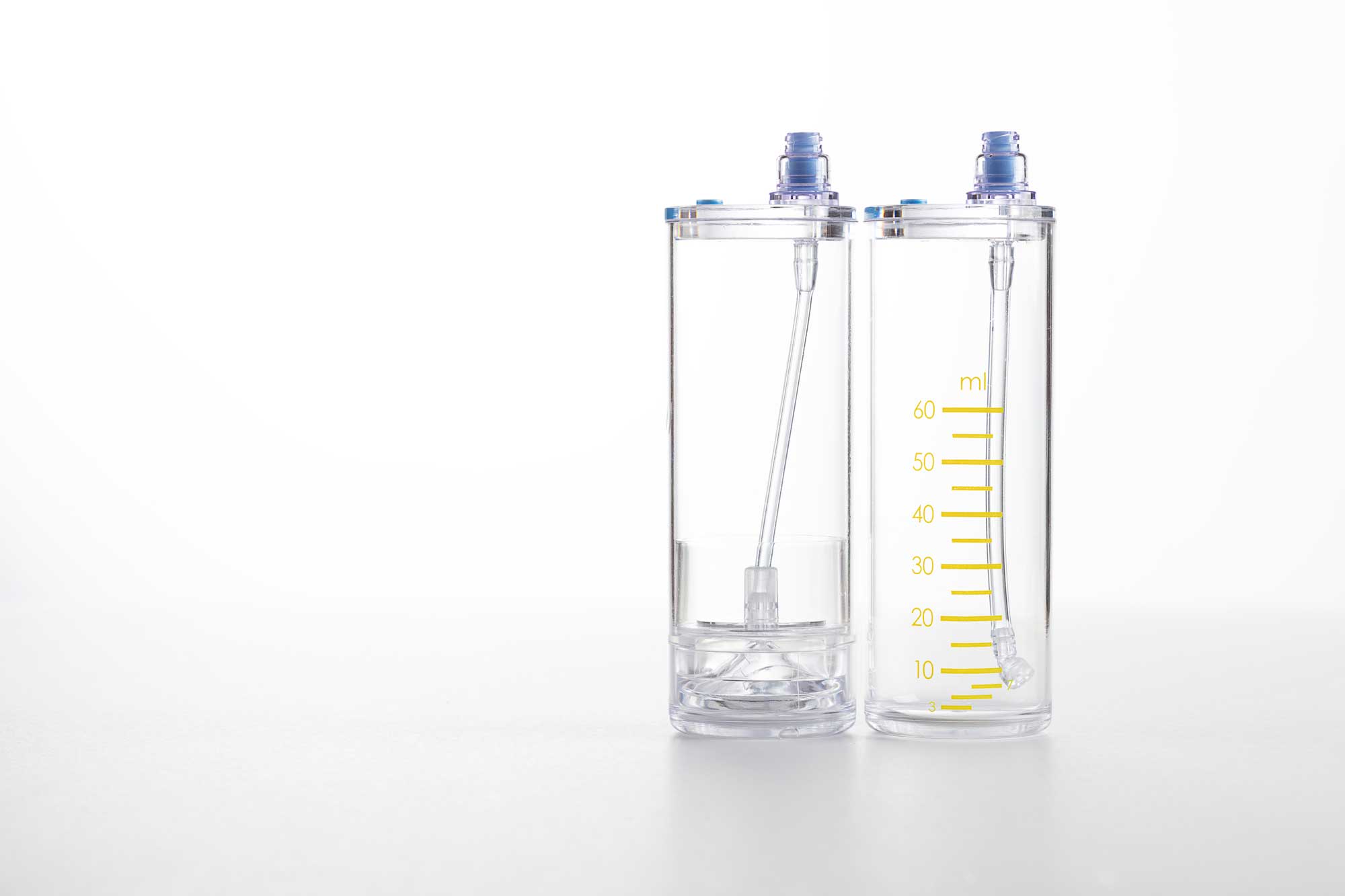
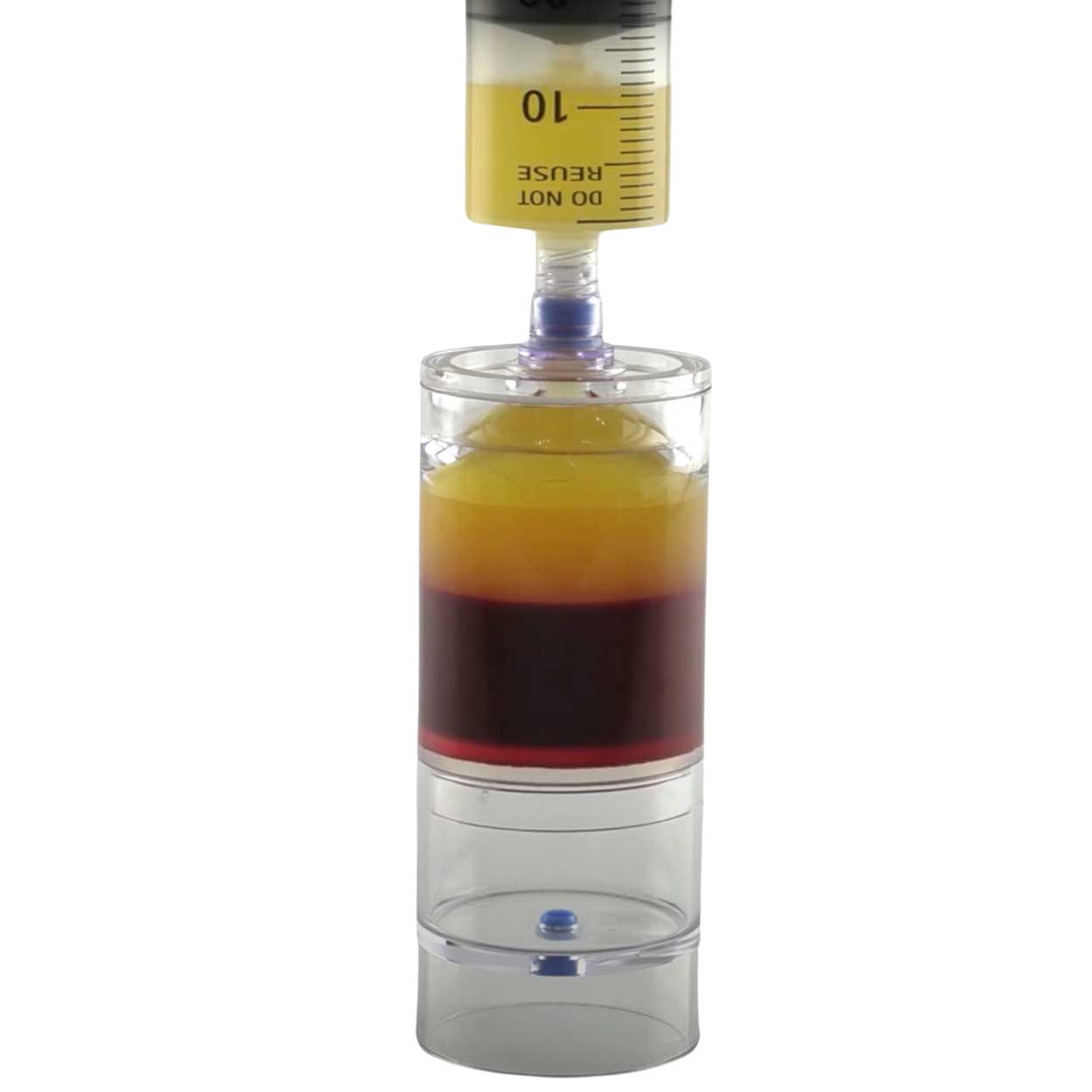


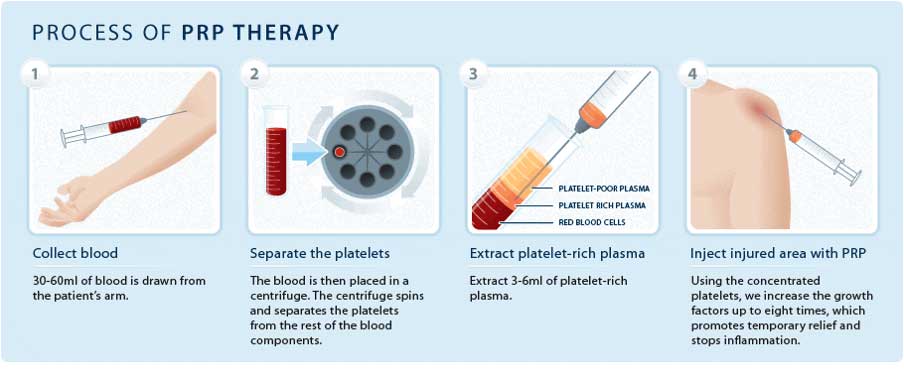
GET IN TOUCH
Phone: (575) 776-8421
Fax: (575) 776-8942
Email: clinic@mogulmedical.com
Mailing Address: P.O. Box 67, Taos Ski Valley, NM 87525
Physical Address: 5 Firehouse Rd. Taos Ski Valley, NM 87525
